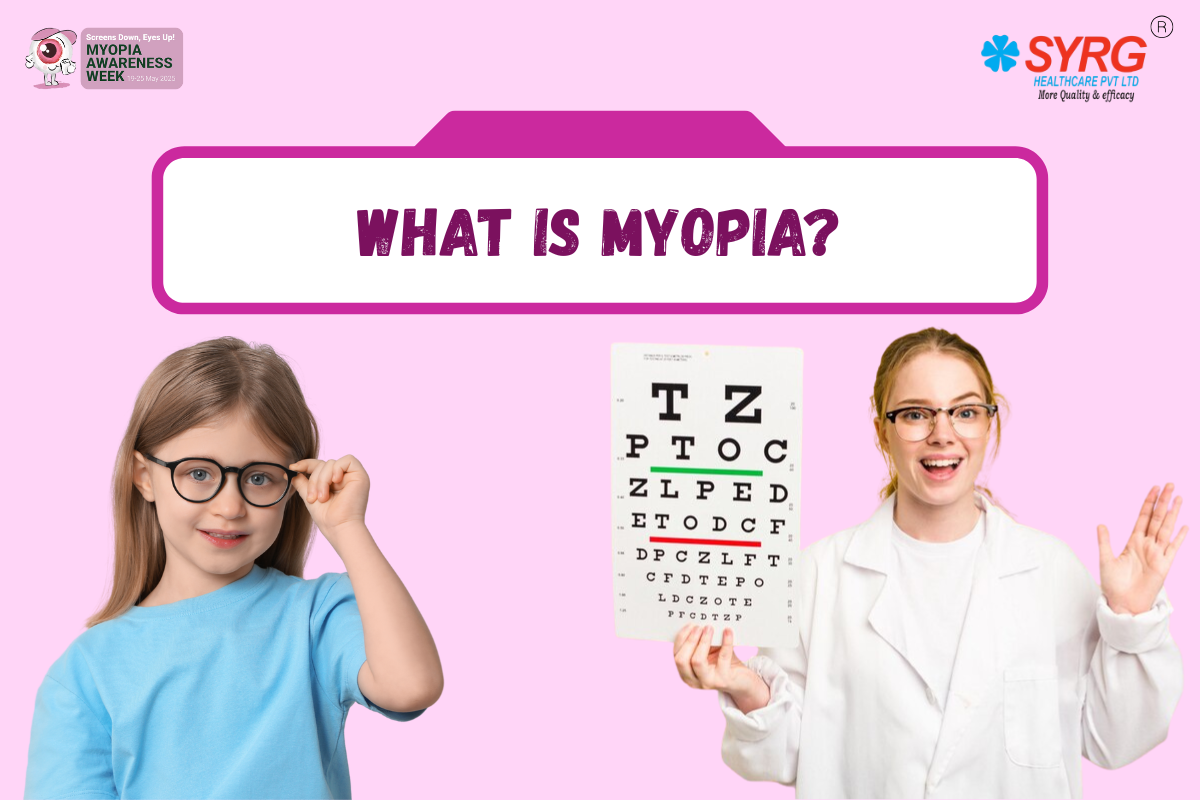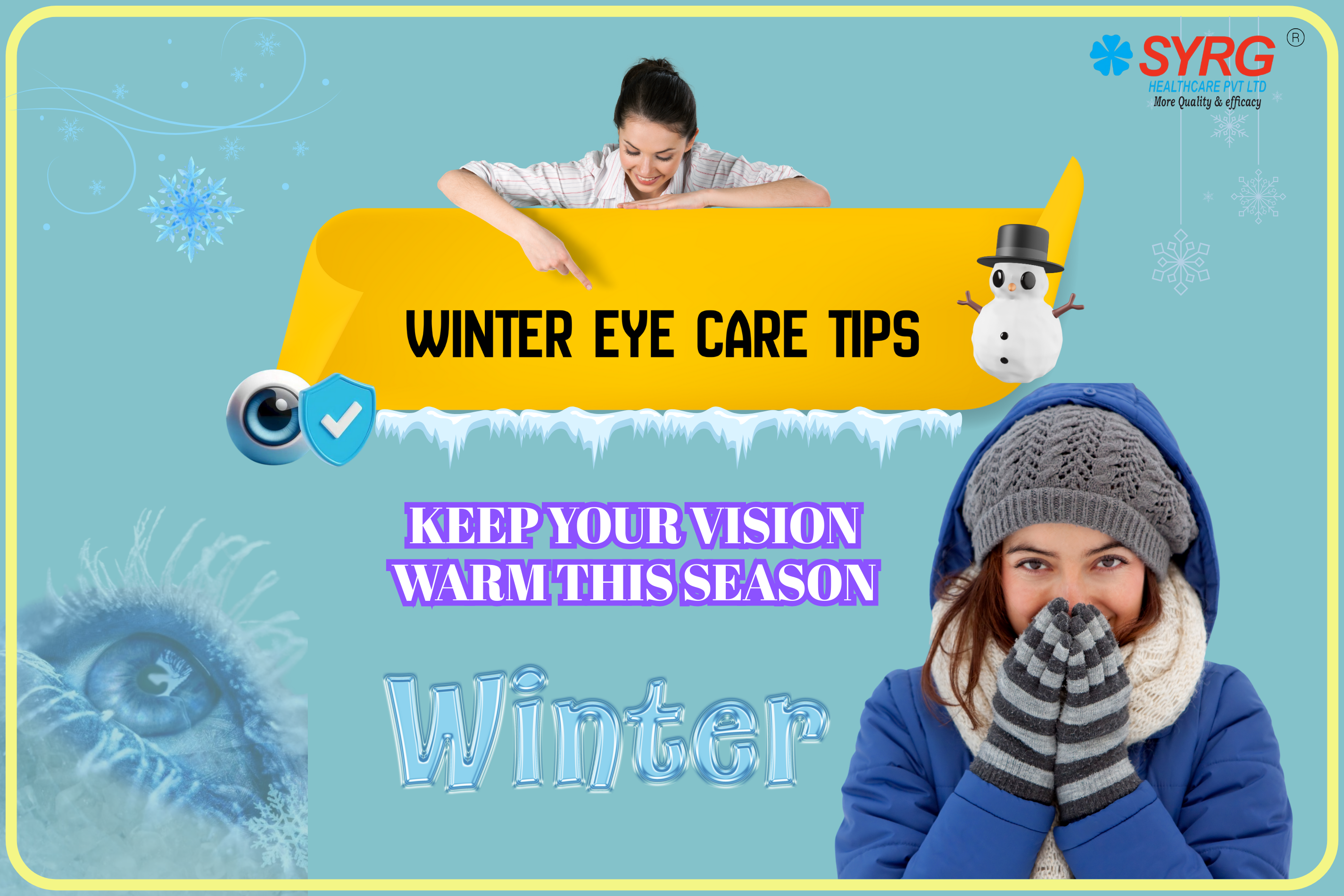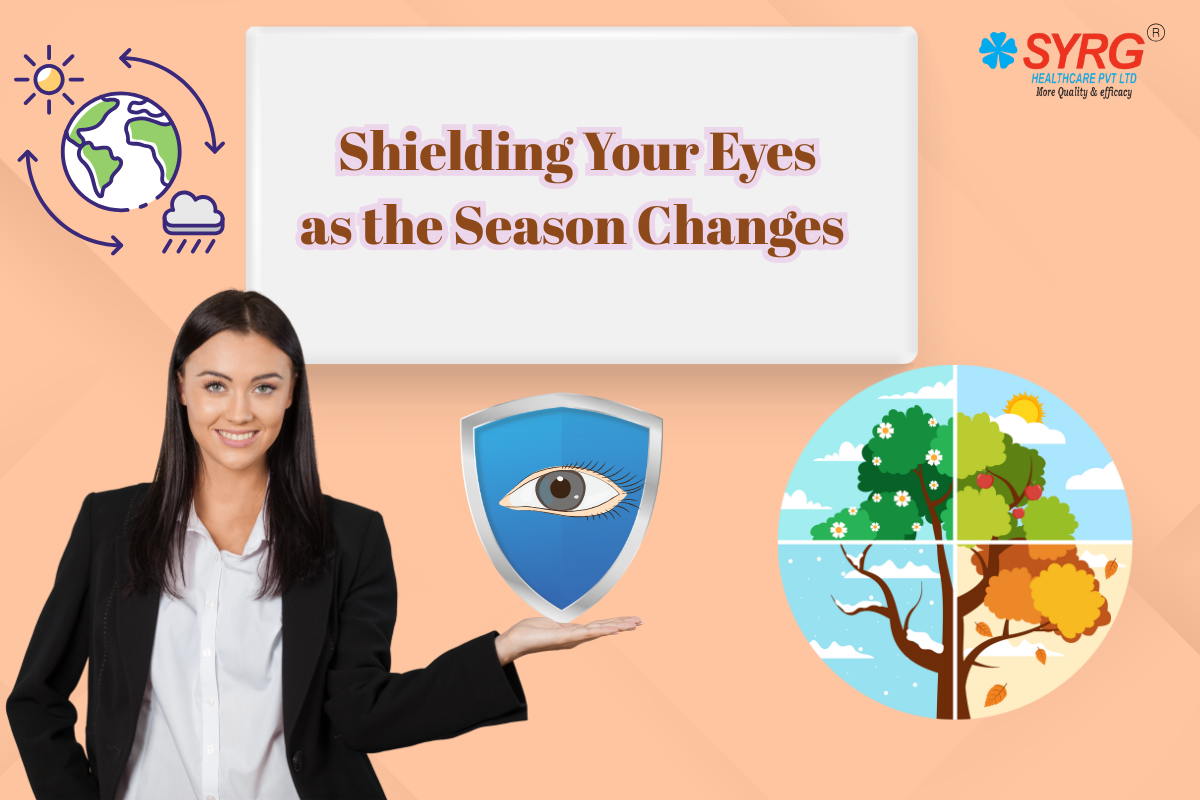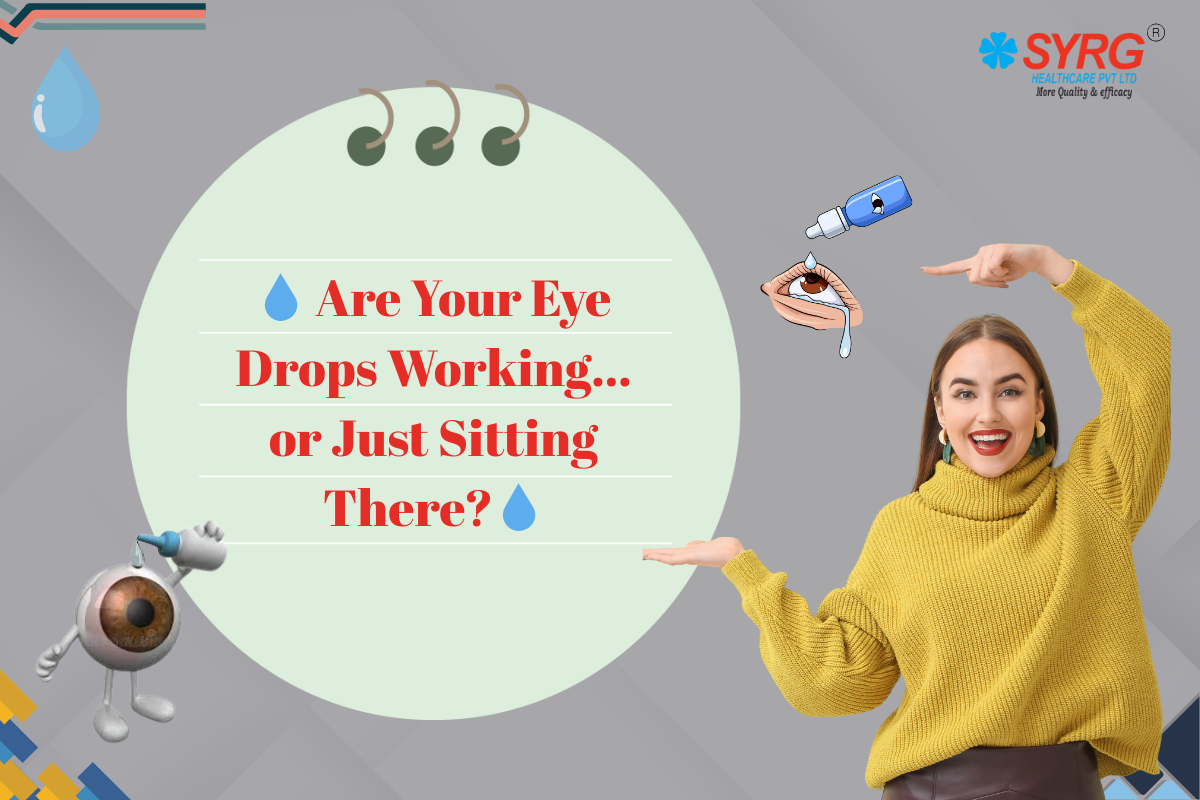Understanding Childhood Myopia: Causes, Symptoms & How to Protect Young Eyes
What is Myopia in Children?
.png)
Myopia, also known as nearsightedness, is a common vision problem that often begins in childhood. Children with myopia can see nearby objects clearly but struggle to see distant objects, like the classroom board, TV, or people far away.
This condition is becoming increasingly common in kids, especially with the rise in screen time and reduced outdoor activities.
Causes of Myopia in Children
.png)
Several factors can lead to the development of myopia in kids:
- Genetics – If one or both parents are myopic, the chances are higher that their child will develop it too.
- Excessive Screen Time – Prolonged use of tablets, smartphones, and computers can strain young eyes.
- Lack of Outdoor Play – Studies show that natural light and looking at distant objects during play can reduce the risk.
- Poor Reading Habits – Reading in dim light or holding books too close to the eyes can contribute to myopia.
Signs & Symptoms to Watch Out For
.png)
As a parent or teacher, it’s important to observe signs of potential vision problems:
- Squinting to see the board
- Sitting too close to the TV or holding books very near
- Complaints of headaches or eye strain
- Blurred vision when looking at distant objects
- Reduced academic performance
.png)
How to Manage and Prevent Myopia in Children
.png)
- Encourage Outdoor Time
At least 1-2 hours of daily outdoor play helps slow myopia progression. - Limit Screen Time
Follow the 20-20-20 rule: every 20 minutes, look at something 20 feet away for 20 seconds. - Regular Eye Check-ups
Schedule comprehensive eye exams every 6–12 months, especially if there’s a family history of myopia. - Proper Reading Habits
Teach children to read in good light and maintain a proper distance from books/screens. - Nutrition for Eye Health
Include foods rich in Vitamin A, C, and Omega-3 fatty acids in their diet to support strong and healthy vision.
Importance of Regular Doctor Consultation
.png)
Regular eye check-ups with an ophthalmologist are essential for early detection and effective management of myopia in children. Children often may not recognize vision issues themselves, so routine visits can help catch changes in vision before they interfere with learning and development. An eye specialist can recommend the right corrective measures like glasses or other treatment options tailored to your child’s needs. Never ignore signs like frequent squinting, sitting too close to screens, or complaints of headaches — these might signal the need for a professional eye examination.
Frequently Asked Questions (FAQs) About Myopia
1. What is the main cause of myopia?
Myopia is primarily caused by the elongation of the eyeball or an overly curved cornea, which causes light to focus in front of the retina instead of on it. It can be hereditary and is often influenced by environmental factors such as prolonged near work and lack of outdoor activities.
2. Can myopia be cured?
There is currently no permanent cure for myopia, but it can be effectively managed with corrective lenses, contact lenses, or refractive surgery. Some treatments like low-dose atropine eye drops and ortho-k lenses may help slow down progression, especially in children.
3. At what age does myopia typically develop?
Myopia usually begins in childhood between the ages of 6 and 14 and often progresses through the teenage years. However, adult-onset myopia can occur, especially with lifestyle habits involving excessive screen use or close-up tasks.
4. Is myopia the same as astigmatism or hyperopia?
No, they are different types of refractive errors:
- Myopia: Difficulty seeing distant objects
- Hyperopia: Difficulty seeing close objects
- Astigmatism: Blurred vision due to irregularly shaped cornea or lens
It's possible for a person to have more than one of these conditions.
5. Does too much screen time cause myopia?
Excessive screen time doesn’t directly cause myopia, but it can contribute to its development and progression by increasing eye strain and reducing the time spent outdoors, which is a known protective factor.
6. Can myopia worsen over time?
Yes. Myopia often progresses during childhood and adolescence as the eye continues to grow. Without proper management, high myopia can lead to serious eye complications later in life.
7. Can eye exercises correct or reduce myopia?
Eye exercises can relieve eye strain and improve focusing flexibility, but they cannot reverse or cure structural myopia. They can, however, support overall eye health when practiced along with other treatment methods.
8. How often should I get my eyes checked if I have myopia?
It’s recommended to have a comprehensive eye exam once a year, or more frequently if advised by your eye care professional, especially if you notice changes in vision or symptoms.
9. Is LASIK safe for treating myopia?
Yes, LASIK and other laser refractive surgeries are generally safe and effective for correcting myopia in adults with stable prescriptions. However, not everyone is a candidate, so an eye specialist should evaluate your case.
10. Can myopia lead to blindness?
In rare cases, severe or pathological myopia can lead to complications such as retinal detachment, macular degeneration, or glaucoma, which can result in vision loss if not properly managed.





